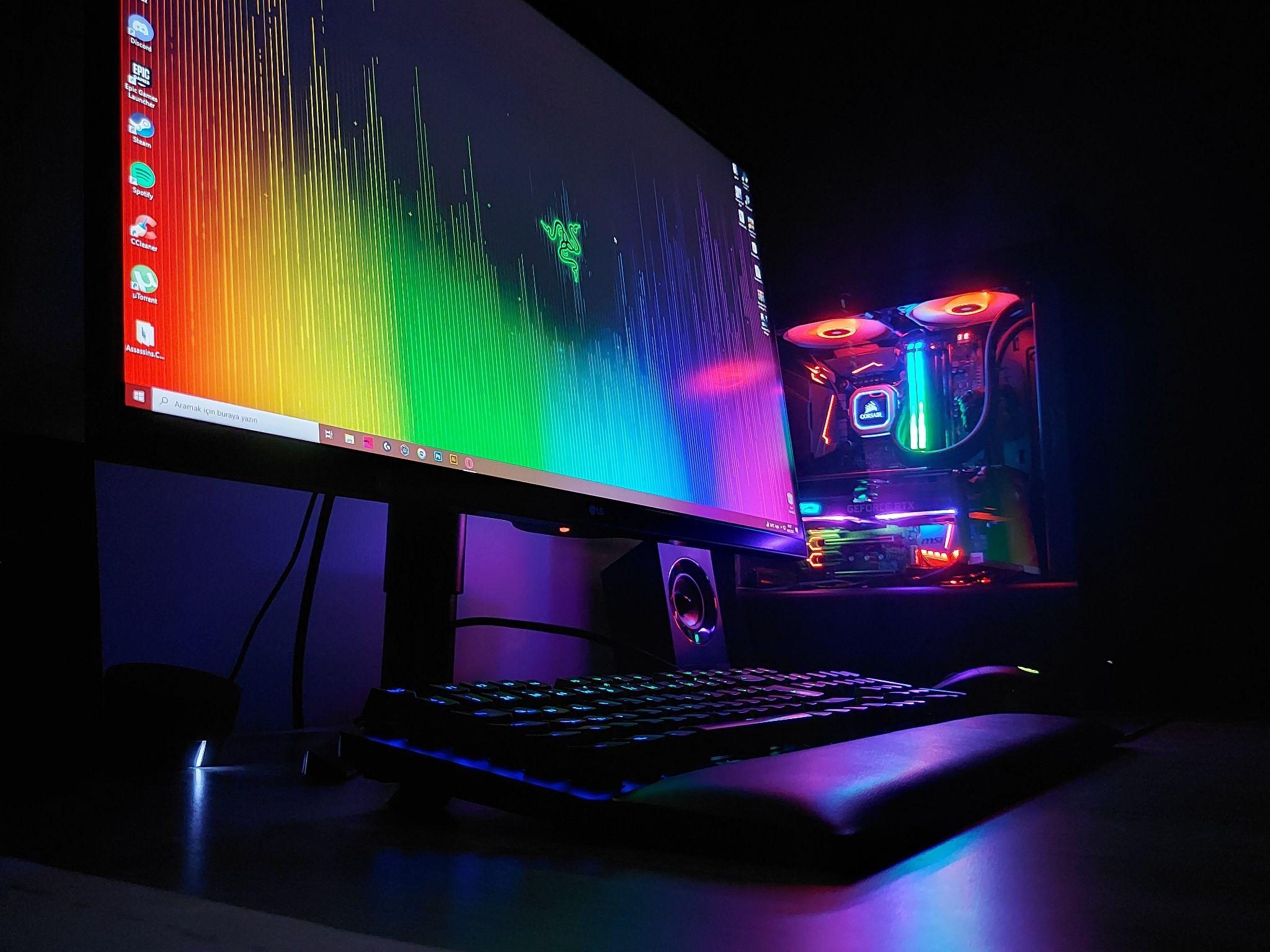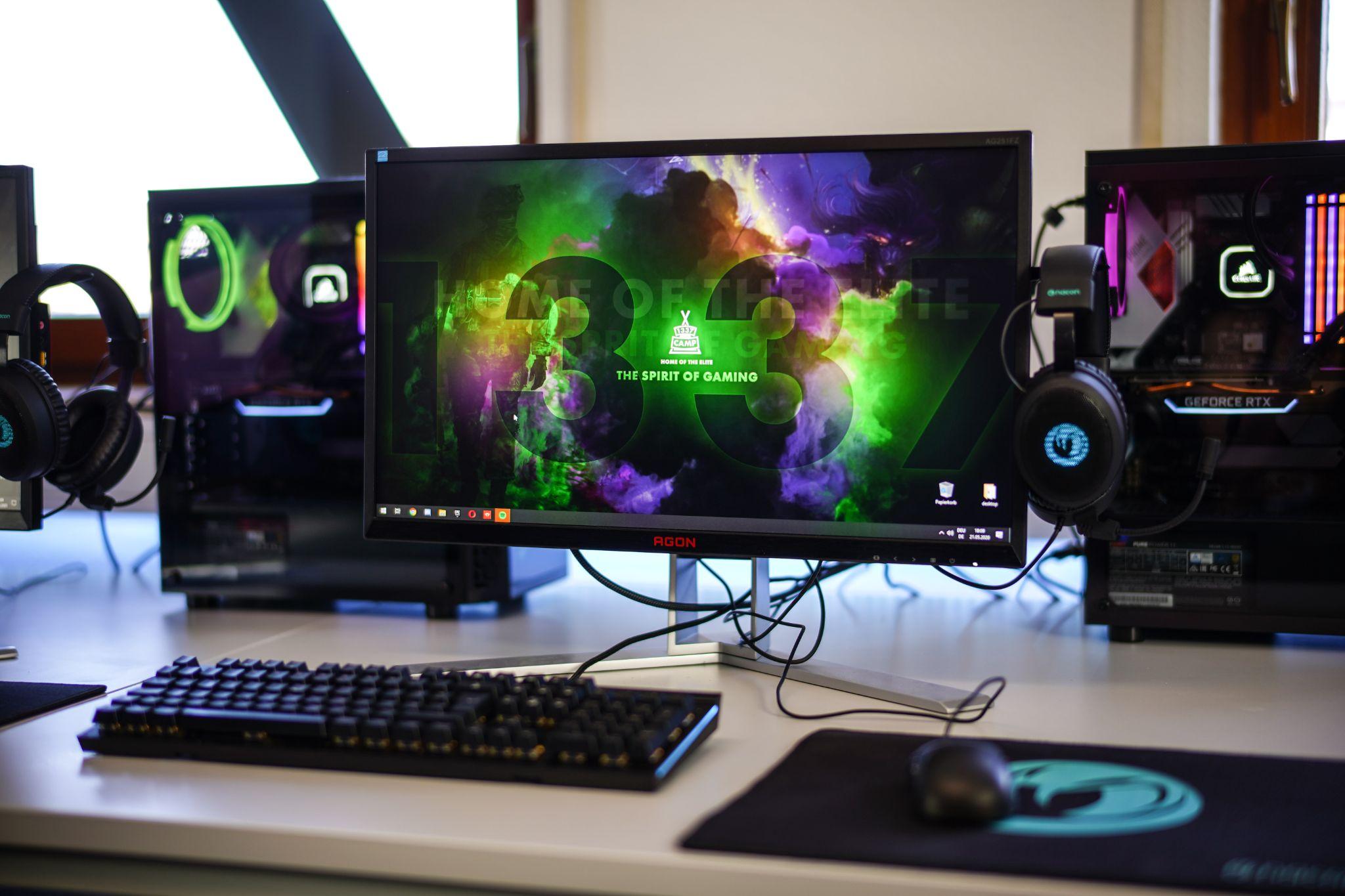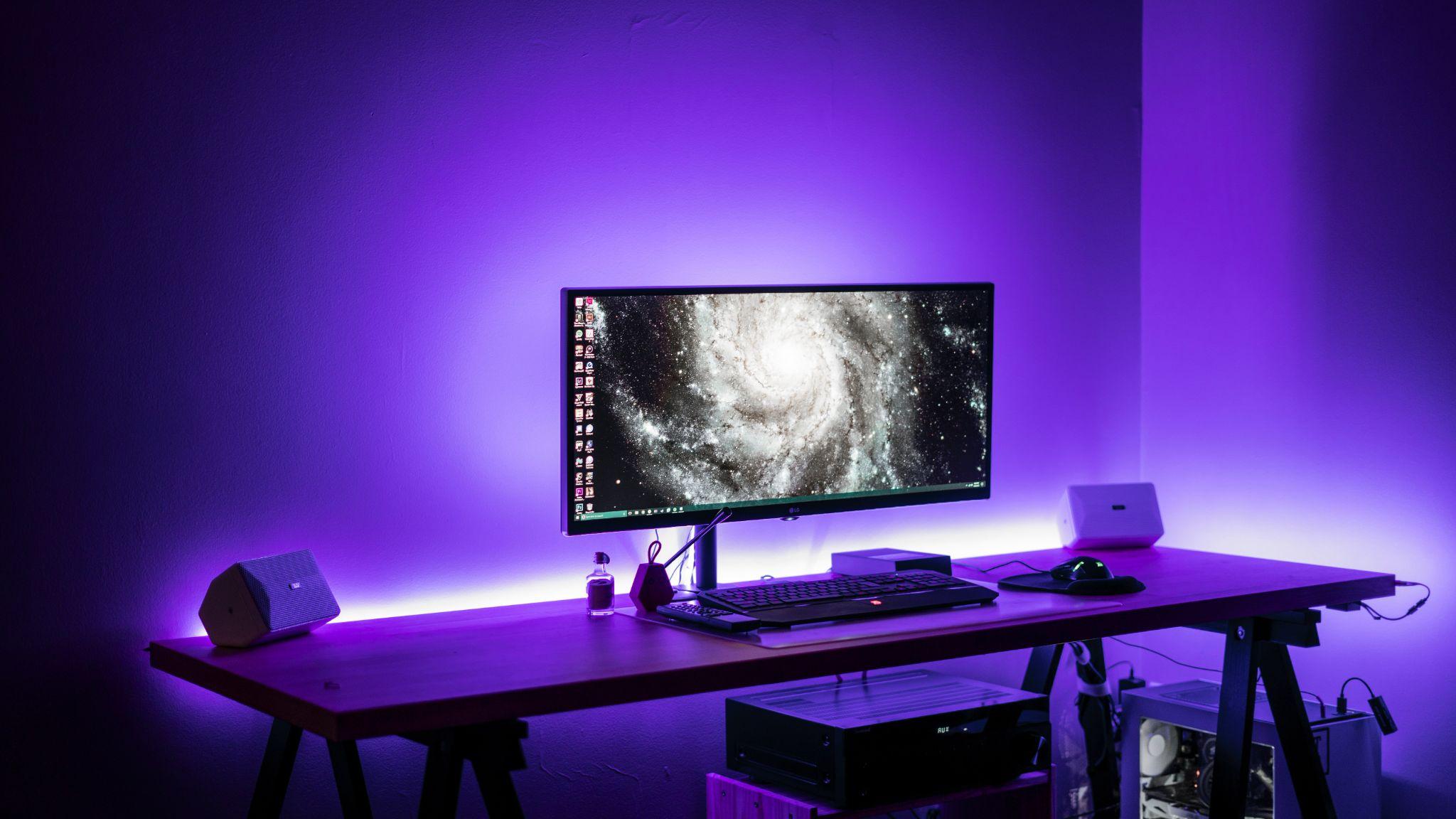Gaming monitors differ from regular models in design, screen quality, refresh rate and many additional features.
If a person likes to play games on the computer, but does not use the monitor for work, it does not mean that he does not need a professional model. A good gaming monitor is nice to work on, but playing on an ordinary monitor is a dubious pleasure.

How is a gaming monitor different from an office monitor?
Both types of monitors have the same main purpose – to display the image produced by the graphics chip. The difference lies in the frame rate as well as their quality and quantity. Office monitors have a refresh rate of 60 to 75 Hz. This means that a gamer will see only up to 75 frames per second, which is too little for fast-paced games – the image will not be smooth enough for quality and comfortable gameplay. More learnings yagupov.biz
Moreover, if the monitor frequency does not reach the rate of frames per second in the game, there may be visual artifacts in dynamic scenes. This is due to the fact that the monitor tries to display the next image before it has finished processing the previous one. Of course, you can solve the problem by activating vertical synchronization in games. This feature reduces the number of frames per second to the refresh rate of the monitor. However, in this case you sacrifice some aspects of control, because many important mechanics in the games are tied to the frames per second rate – in PUBG, for example, the higher the frame rate, the higher the firing rate of the weapon.
Response time also plays an important role. Office monitors have a delay of 5 to 14 ms – that’s how long it takes a pixel to change color. For fast-paced games, this is too slow, and therefore the player may have difficulty controlling.
Gaming monitors have been created to solve all these problems. They have a frame refresh rate of 60 to 240 Hz and a response time of up to 1 millisecond.
Diagonal, resolution and aspect ratio
Large and small, almost square or elongated, curved and straight – which monitor is better?

You should start with 24 inches. You can go smaller, but then all the details of the beautiful picture in the game will be small and not so epic. A 24-inch monitor is moderately compact, takes up little space, but most importantly – you can completely cover the screen with a straight look. You won’t have to turn your head to look at a certain corner of the screen. This will come in handy in particularly dynamic games, where the frame is changing instantly, and your reaction directly depends on the outcome. Screen resolution at this diagonal should be at least 1920x1080p (Full HD) – this is the minimum value at which you will not be thrown pixels in the eye.
If you want maximum immersion in the game, pay attention to larger models. Gaming monitors are currently available up to 49 inches – depending on how much space you have available and how much money you’re willing to spend on a cool screen. By choosing a large monitor, you can get an entire home theater where head movements for viewing will only add to the realism. This solution is great for single player or casual network games. But if you sit in front of such a monitor at a distance of the table and play a shooter, you may get dizzy. For a large diagonal and need a better resolution – from 2K or higher. Keep in mind that as the resolution increases, so do the hardware requirements for your computer.

What about the proportions? That’s easy. The most common aspect ratio is 16:9. This format is most commonly used in games and movies. With this aspect ratio there will be no problems with the optimization of the picture.
And Ultrawide monitors with 21:9 aspect ratio certainly look epic, but it won’t suit everyone. On the one hand an ultrawide monitor has a wider view angle in games. Even it can be very useful for multiple windows, audio and video editors. But at the same time, not all games and movies are optimized for ultra-wide resolution.
The curved screen is a super immersive virtual reality experience. But it’s a gimmick mostly for one user only. To perceive the whole picture without distortion, you need to sit strictly in the center of the screen. Accordingly, fans of multiplayer games or watching movies in company will be quite uncomfortable.
Frame rate and frames per second
The frame rate per second (FPS) shows the overall performance of your computer in games. It’s no secret that for gamers this figure should be stable and high, but why? As you already know, some game mechanics are connected to the FPS indicator, and if for a comfortable game in single-player or multiplayer projects 60 frames per second is enough, in the dynamic competitive disciplines there is no sufficient number of frames – the more, the better. And for the image was as smooth as possible and without any artifacts, professional players use monitors with a high refresh rate. This indicator displays the number of images that the matrix is able to display in one second. Modern gaming monitors are capable of running at speeds up to 240 Hz, so you have the advantage of speed and smoothness.
If you dream to tear up everyone in eSports, a monitor with a refresh rate of 120 Hz or higher is better. Keep in mind that the benefits of a gaming monitor are revealed only if your computer is able to produce a consistently high number of frames. And to ensure that the image does not entail frame gaps or delays in control, it is recommended to use G-Sync from Nvidia or FreeSync from AMD. These technologies are designed to save you from the aforementioned problems by forcibly synchronizing your graphics card’s output frame rates with your monitor’s refresh rate without any delays.
Response Time
Response time is the time it takes for a pixel to change color and is also very important in choosing a monitor. Most conventional monitors take between 5 and 14 milliseconds to change to a new color. This figure is acceptable in work, but in games you may notice a blurry image.
For single games 5-7 ms may be enough, but 1 ms minimizes any delays in rendering dynamic objects. But striving for lightning speed, you will have to make a compromise – the response time depends directly on the type of matrix used.
How to choose a type of matrix and coating
There are three types of matrices used in monitors: TN, MVA/VA or IPS.
If you are a big fan of competitive projects and you need the monitor only for efficient gameplay – TN matrix is preferable. Only it guarantees actual response time up to 1 ms. At the same time monitors with 240 Hz refresh rate and TN matrix are more affordable than IPS. But there are some nuances: mediocre color rendering and viewing angles inferior to other matrices
MVA or VA is an intermediate solution between TN and IPS. Compared to TN, VA has excellent viewing angles, contrast, even backlighting and high-quality color reproduction. But the response time increases – from 4 ms. In addition, very few models on VA-matrix with refresh rate over 144 Hz.
IPS-matrices have ideal viewing angles and color rendering, it is comfortable to work, view and process photos, and watch movies. But you will have to sacrifice an increased response time and low refresh rate compared to other matrix types – mainly up to 144 Hz.
Matte and glossy screen coatings? Matte screen perfectly absorbs incoming light, does not glare in the sun or under a lamp. But it loses slightly to the glossy screen in brightness and contrast. Glossy looks bright, in brightness it does not lose, but glare in the light.
Leave a Reply